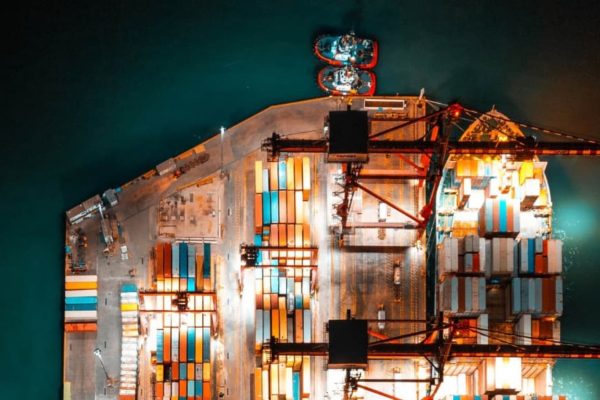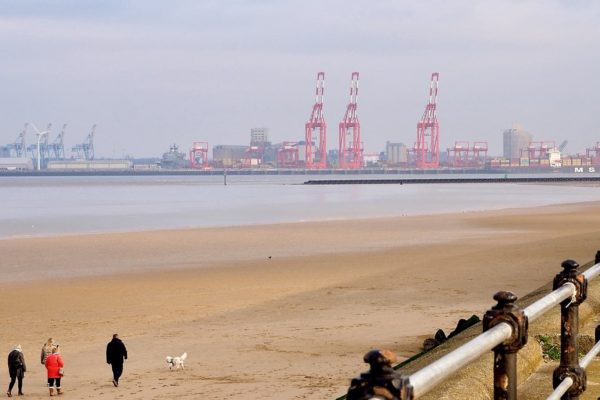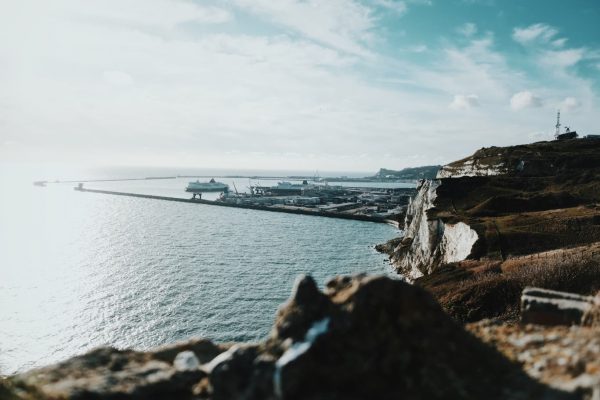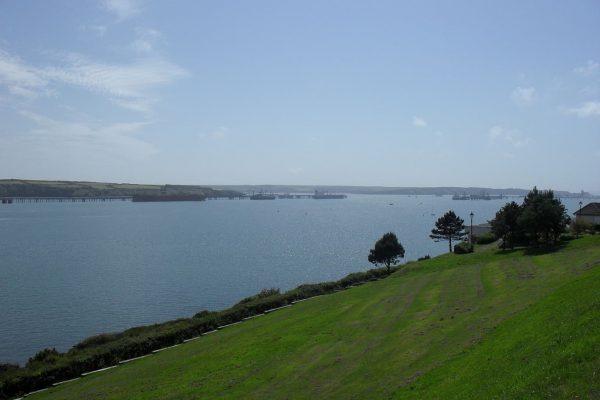The Port of London is a thriving hub of maritime activity located on the River Thames in the heart of the city. As one of the largest ports in the UK, it has played a significant role in the country’s trade and commerce for centuries, connecting London and the wider region to the rest of the world. From bustling docks and wharves to modern cargo terminals, the Port of London is a dynamic and diverse place, filled with energy, innovation, and history. In this blog, we’ll explore the rich heritage of the Port of London, its evolution over the years, and its role in the modern world, delving into its fascinating history.
History of Port of London
The history of the Port of London can be traced back to Roman times when the River Thames was used as a major trade route for goods and materials. During the medieval period, the Thames was the city’s centre of trade and commerce, and the first docks were constructed to accommodate the growing number of ships and cargo. The Port of London became one of the largest and busiest ports in the world during the 17th and 18th centuries when the British Empire was at its height, and the port played a crucial role in the trade of goods such as sugar, tobacco, and textiles from the colonies.
19th Century
In the 19th century, the Port of London underwent a major transformation through the construction the West India Docks and the East India Docks. These modern docks revolutionised the way goods were handled, allowing for the efficient transfer of goods from ships to warehouses and then onto trains and other modes of transportation. The construction of the docks also created many new jobs, attracting thousands of people to work in the port and its related industries.
War Time
During World War I, the Port of London was crucial in supplying the British army with food, ammunition, and other essentials. However, the port suffered severe damage during the Blitz in World War II, and much of the infrastructure had to be rebuilt after the war. The post-war years saw the Port of London facing new challenges, as containerisation became the norm for the shipping industry and many older docks became obsolete.
Late 20th Century
In the latter half of the 20th century, the Port of London underwent a further change, as containerisation and automation transformed the way goods were handled. The port also faced increasing competition from other ports in Europe, and many of the traditional industries in the port declined as a result. In recent years, the Port of London has undergone a resurgence, as it has embraced new technologies, improved its infrastructure, and attracted new investment.
Modern Day
Today, the Port of London is one of the largest and most important ports in the UK and Europe, handling millions of tons of goods every year and supporting thousands of jobs in the city and the wider region.
10 Facts About Port of London
- The Port of London is one of the largest and busiest ports in the UK, covering an area of approximately 95 kilometres (59 miles) along the River Thames.
- The Port of London was established by the Romans in the 1st century AD, and has been in continuous use for over 2,000 years.
- The Port of London was a major centre of trade and commerce during the British Empire and played a crucial role in the trade of goods such as sugar, tobacco, and textiles from the colonies.
- The West India Docks and the East India Docks, which were built in the 19th century, revolutionised the way goods were handled in the port, allowing for the efficient transfer of goods from ships to warehouses.
- During World War I, the Port of London was a crucial supply route for the British army, and many of the port’s workers joined the armed forces to fight in the war.
- The Port of London was heavily bombed during the Blitz in World War II, and much of the infrastructure had to be rebuilt in the aftermath of the war.
- The Port of London played a crucial role in the 2012 Summer Olympics, as it was used as a base for river-based events, such as rowing and canoeing.
- The Port of London Authority (PLA) is responsible for the management and development of the port and is one of the oldest port authorities in the world, having been established in 1909.
- The Port of London is home to many interesting and unusual sights, including the Thames Barrier, which protects London from flooding, and the Tobacco Dock, one of the city’s largest and most historic warehouses.
- The Port of London is also home to a diverse range of wildlife, including seals, otters, and over 100 species of birds, many of which can be seen along the Thames River Path.
Future of Port of London
The future of the Port of London looks bright as the port continues to embrace new technologies and invest in its infrastructure. In recent years, the Port of London has significantly increased the cargo it handles. This trend is expected to continue as the port attracts new investment and expands its capabilities. The Port of London Authority is committed to the sustainable development of the port and has implemented several initiatives aimed at reducing its environmental impact and improving the lives of those who live and work in the port area.
In the coming years, the Port of London is expected to play a crucial role in the growth of the city and the wider region as it continues to support the local economy and provide jobs for thousands of people. The Port of London is also expected to continue to evolve as new technologies and business models emerge, and the port authorities work to stay ahead of the curve. The Port of London is well-positioned to take advantage of future opportunities and is poised to continue playing a significant role in the UK’s trade and commerce for years to come.
**The image used as part of this article is not of Port of London. Creative licence has been used to illustrate the London skyline as a backdrop.




